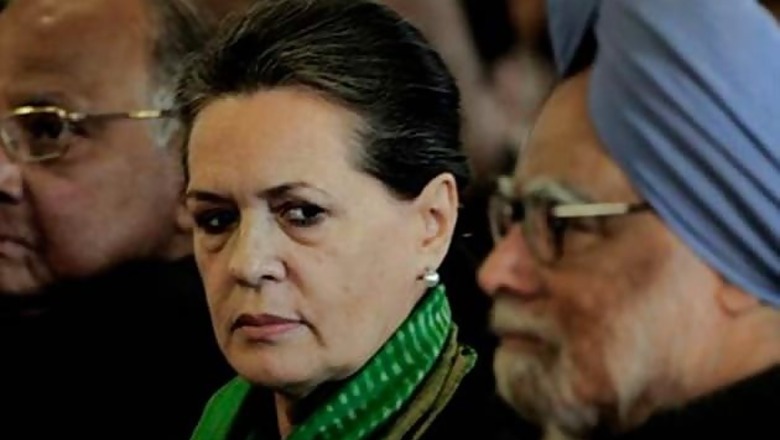
views
New Delhi: The much-awaited railway section linking Kashmir valley with rest of the country will be launched on June 25 when Prime Minister Manmohan Singh and UPA chairperson Sonia Gandhi jointly flag off the first train. The 18-km-long section between Banihal in Jammu and Qazigund in Kashmir will provide an all-weather surface link to the valley which often gets snapped due to snowfall during winters.
The section, which includes an 11-km-long tunnel, will reduce the distance from 35 km to 18 kms. It has been constructed at a cost of Rs 1,691 crore. Train service is already operational within Kashmir valley between Qazigund and Baramulla in north Kashmir. "The mandatory inspection of the track by Commissioner of Railway Safety (CRS) is slated on June 18 and after that the line is expected to open on June 25," Northern Railway General Manager VK Gupta said in Delhi on Friday.
Trial run on this section was successfully done on December 28, 2012 and since then trains carrying stones are running on regular basis. This section will have two main railway stations- Banihal in Jammu division and Qazigund in Kashmir division. In addition to these stations, a halt station is also being provided at Hillar village in Anantnag district for the convenience of local public. "It was a challenging task. Besides the difficult terrain, land was acquired for the Kashmir rail link project in adverse law and order situation in the state," GM said.
At present, passengers travelling between Banihal and Qazigund face problem during the winter months when the Jawahar Tunnel remains closed due to heavy rainfall. "All these problems will be reduced to a large extent by running of train services between Banihal-Qazigund, the GM said, adding that "it will be a cheaper, faster and dependable mode of transport for the people."
Known as 'Pir Panjal' tunnel, it is the longest transportation tunnel in India and third longest in Asia. The tunnel has been constructed at an estimated cost of Rs 1,300 crore and took almost seven years to complete. The tunnel has been constructed using New Austrian Tunnelling Method, which was for the first time used on such largescale in India. It has been equipped with the state-of-the-art air quality monitoring system, ventilation system, communication system, fire fighting system and emergency rescue system in case of emergency.




















Comments
0 comment